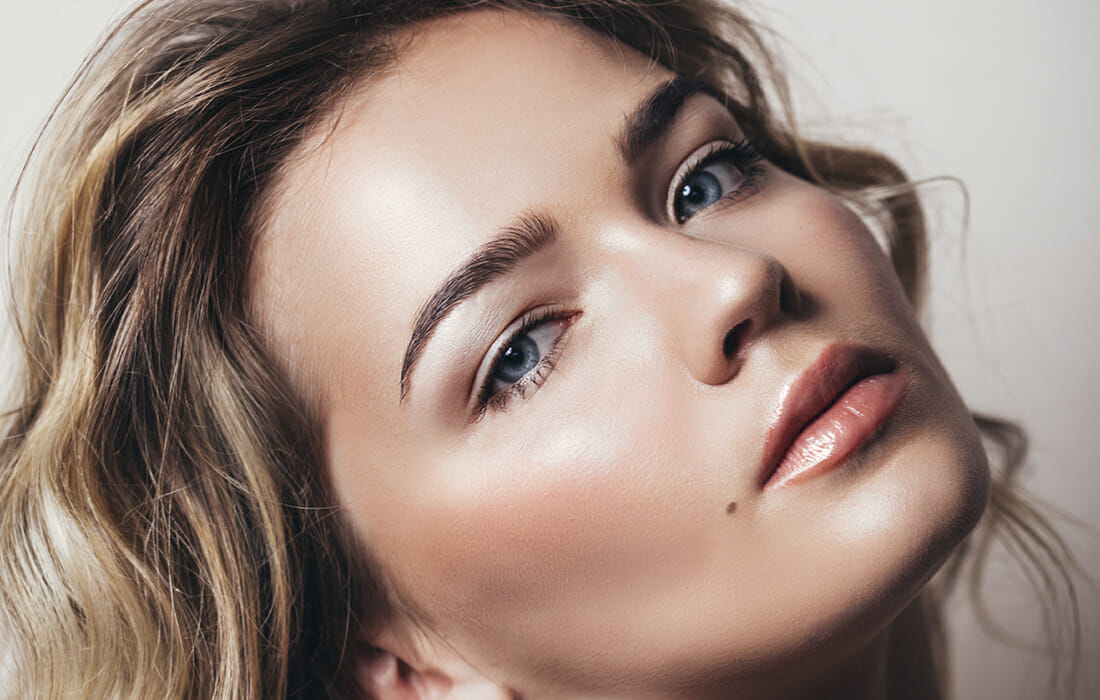The Cause of Under Eye Bags
One of the most common issues mentioned to plastic surgeons by their patients is what they refer to as “under eye bags”. They note the accumulation of fat that bulges from the lower eyelids and want to do something about it. The great news is this problem can be completely solved and there are several different ways to provide the improvement.
Why Does Fat Form Under the Eyes?
To understand why fat forms under the eye, it is good to have an explanation of the anatomy of the tissues around the eye. The eye itself sits inside a bony space called the orbit which protects it from accidental bumping or the rare Frisbee assault. To further cushion any possible trauma to the eye, there is fat within the orbit and around the eye. In addition, the eye doesn’t sit at the floor of the orbit space but is suspended by a series of ligaments that act as a hammock. This hammock supports the eye and is attached to the side of the orbital bone. So between bony protection, fat cushioning and ligamentous support, the eye has significant protection from anything coming its way.
As we age, the hammock-like ligamentous support under the eye becomes loose causing the eye itself to fall slightly. The eye then presses on the fat and the fat is pushed forward into the lower eyelid and can become visible. That creates the fullness and puffiness of the lower eyelid.
Lower Blepharoplasty (Eye bag Surgery)
Lower blepharoplasty is a collection of different types of surgery directed at removal of fat from the lower eyelid. During this procedure, not only is the fat removed but excess skin can also be addressed as well as wrinkling of the skin. Fat can either be removed from the outside, via an incision just under the eyelashes or inside the lid which does not leave a scar. Each approach has pluses and minuses but by going inside the eyelid to remove fat, lid strength is preserved which keeps the lid in its youthful position. And when the fat is removed from the inside, the laser can be used to remove wrinkles on the lower eyelid skin itself. A consultation with a plastic surgeon can help patients figure out which lower eyelid procedure is best for them and for their special anatomy.

